Lomo In-Depth: Women Photographers on Gender Inequality
9 15 Share TweetIt's no secret that women make less than men do for the same job. Female photographers often suffer from unequal opportunity too. To better understand gender inequality in the photography world, we put together some of the most common issues women living and working as photographers face today.

Photography is Still a Boys' Club
Photography history will suggest that women have been equally active when the medium came to be. Look no further from Anna Atkins, the cyanotypist-botanist who made great contributions to scientific illustration by being the first to use photography in research. Dorothea Lange remains one of the most iconic and important photographers to date, securing legacy with the photograph ”Migrant Mother“.
But not everyone gets the same opportunity, luck, circumstance, and publicity -- very few still know about photographers Jessie Tarbox the earliest female photojournalist in the USA, and Harriet Chalmer Adams, the WWI photo-correspondent, geographer and one of America's greatest adventurers -- even the Farm Security Administration had more affinity to male photographers than female ones (10 men and 3 women). Female photographers will most likely be underrepresented unless they're Annie Leibovitz or Cindy Sherman, and this is largely attributed to the art world’s and industries’ biases for male creatives.
Photographer and instructor Nicole Young gathered a comprehensive list of gender statistics in photography brand ambassador programs, and the consensus remains that there are more male than female. In her list, noteworthy official September 2017 brand ambassador program reports of Nikon (7 women, 17 men), Canon (8 women, 32 men), Sony (8 women, 43 men), and Fujifilm (8 women, 47 men in North America alone) hire more male photographers than female photographers.
Now, one may argue that this might just be a case of forced gender balance or of unintentional ratios, but there's been little reason to give the benefit of the doubt. Look no farther with Nikon's 32 male photographers scandal. To promote their new camera, Nikon launched a PR campaign featuring 32 male professional photographers to represent the product in Asia and Africa. Zero were women.
What does this say, exactly? Success in photography careers is still a boys’ club when opportunities for women photographers remain so little.
A Predatory Public Space
To be a woman on the street is one thing; to be a woman street photographer is another. Eliza Hatch, the founder of the analogue photojournalism project Cheer Up Luv. She also reflected that while she’s yet to experience inequality on the field of professional photography itself, some problems arise when she’s with her female subjects.
“Ironically and unfortunately, I find that I experience the most unwanted attention and inequality when I'm actually on a shoot with a girl - especially when I'm working on the @cheerupluv project! Pretty much every time I do a shoot with a girl, in a public location, we get harassed! We either get told to smile, catcalled, followed or receive obscene gestures. For some reason there seems to still be something unusual or fetishized about seeing a woman with a camera, taking a picture of another woman,” said Hatch to Lomography Magazine.
It doesn’t stop there, however. The public space remains predators’ territory.
“Also being a street photographer that I am, there is a sense of vulnerability because of the unwanted attention you can attract. I have had friends in the industry approached whilst on shoots by men asking if they want to take nude pictures with them, and expose themselves to them on the street.” added Eliza Hatch.
Moving across the public space remains a cautious task not just for photographers, but for women of all professions and walks of life.
On the Bright Side: The Times are Changing
There is no doubt improvements have been made over the last century, not just in photography, but also in other aspects of society, art, and culture. Perhaps it's thanks to the aid of technology, social media and the silence breakers of the #MeToo movement, the ever-enduring Guerrilla Girls or the efforts of She Shoots Film that allowed and empowered more women, artists, and photographers, to speak up, be heard, and to express.
The independent analogue artist Susu Laroche believes that for women can cope by learning to be independent, and not let the patriarchial society box them. She summed it up in a short, simple advice: “My advice to women (photographers) is to not let anyone (men) tell you what you should or shouldn't do.”
On the other hand, some women photographers believe that their gender is an advantage. Jill Corral, a writer and street photographer, noted in PetaPixel that while being a woman makes her vulnerable on the street, being a woman is an advantage to the photographer in her. Even street photographer Meg Hewitt thinks so, as she personally believes that her gender does not hinder her photography, In fact, she is empowered by being a female photographer.
“As a female I feel no particular hindrance regarding gender with my work. Maybe this is because I have no experience as a man to compare to... I assume that it's much harder for a male photographer. it would be harder to approach a mother in regards to photographing their child or a woman to make a portrait without some hint of a come on. I truly feel blessed as a woman photographer, by showing ones own vulnerability you can make people feel more comfortable and hopefully make a more meaningful connection with your subject.” said Hewitt to Lomography Magazine.
Though the issues tackled remain rampant in society, more female photographers noticed the increase of awareness for gender inequality and the strive for balance. Hatch expressed that there's still much room for improvement, addressing some issues with the professional industry.
“Because of the style of my photography and subject matter, I normally get sought out for specific things. However, it is still very early days, as I feel as though I've just started to dip my toes into the industry and I have a lot to learn. But there is a still a way to go with complete equality in the industry. Like everything, it will take time. We need to work towards a place where female photographers normalised into the industry and, given the same opportunities and pay as men.” said Hatch.
Photographer Marianna Rothen, known for her deconstruction of the femme fatale trope in portraiture, expressed that while there remains a harrowing statistics of how women are represented in museums and how they're compensated for their work compared to men, now is the best time for women photographers to take lead. Notable shows from last year were the MCA Chicago's Woman with a Camera, Mangum Agency's Women Seeing Women, and ZKM's Feminist Avant-garde 1970's, as well as continuous recognition for contemporary shooters Vivianne Sassen and Elina Brotherus and young blood artists Coco Capitán and Petra Collins.
“I think its a very exciting and wonderful time to be a female photographer. Over the past five years, there has been a shift, an overflowing of support especially from galleries, curators and magazines. There has been a big run of women’s exhibitions, many books and articles have been dedicated to showcasing this seemingly new abundance of female photographers," stated Rothen to Lomography Magazine.
Additionally, there's been an improvement in ArtReview's Power 100 ranking, one of the most important contemporary art rankings in the world. In 2002, only 17% are female that gets to be on the list. Although the progress was slow, this was highly improved last year, with a report of 38% female.
It's not just the art museums and institutions contributing to this progress led by women, but so do individual men, too.
“People are interested and people want change... Despite what we have to overcome, now is the time to speak up. People are listening. I have found many men in the industry to be as dedicated to the cause as women.” added Rothen.
Notable reads would be New York Times' "Lens" section founder James Estrin's Highlighting Women in Photojournalism, and Lee Miller's editorial Photography: Is It Still A Man's World provide deserving recognition and address issues that are unique to women photographers.
There's still a long way to go, and the numbers in statistics remain unfairly low, but there's no way to go but forward Hang in there ladies, now is your time to shine, so get loud. And as for the gentlemen? It's high time to get informed and support them with their creative endeavors, too.
Hey female Lomographers! Have you experienced some form of gender inequality or sexism while on your analogue grind? Male Lomographers, how about a piece of advice on gender equality for your fellow men? Share us your inklings in the comments section!
written by Ciel Hernandez on 2018-03-10 #culture #international-women-s-day #wome-photographers

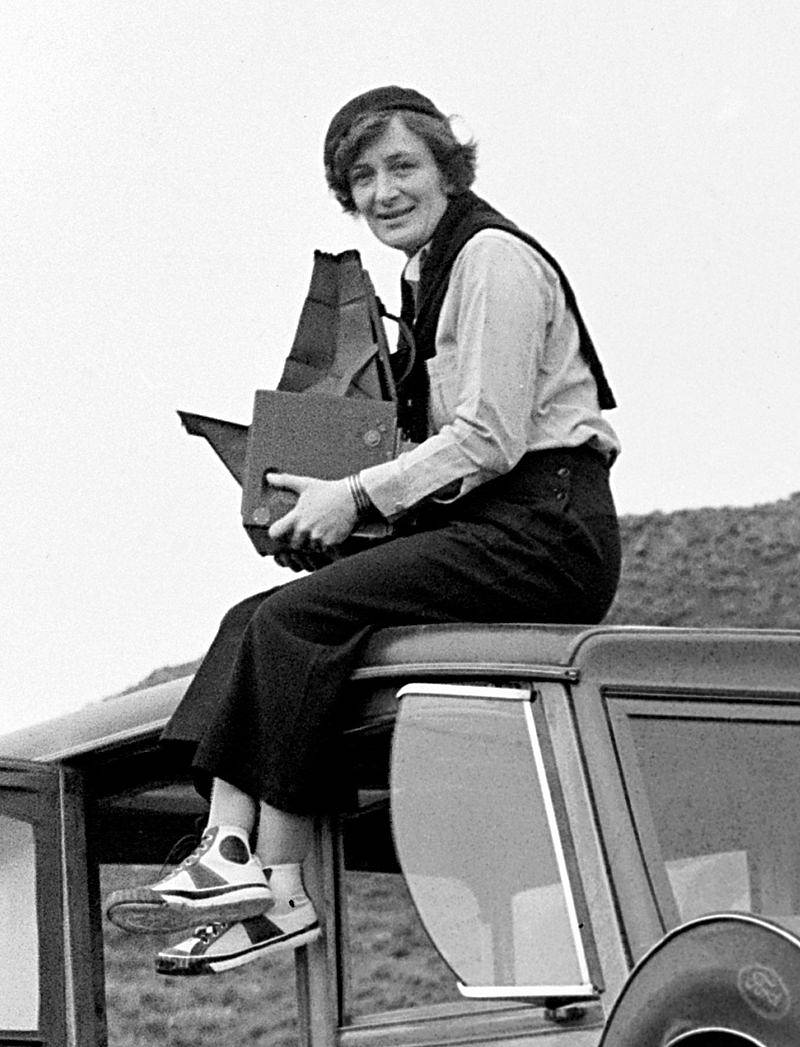



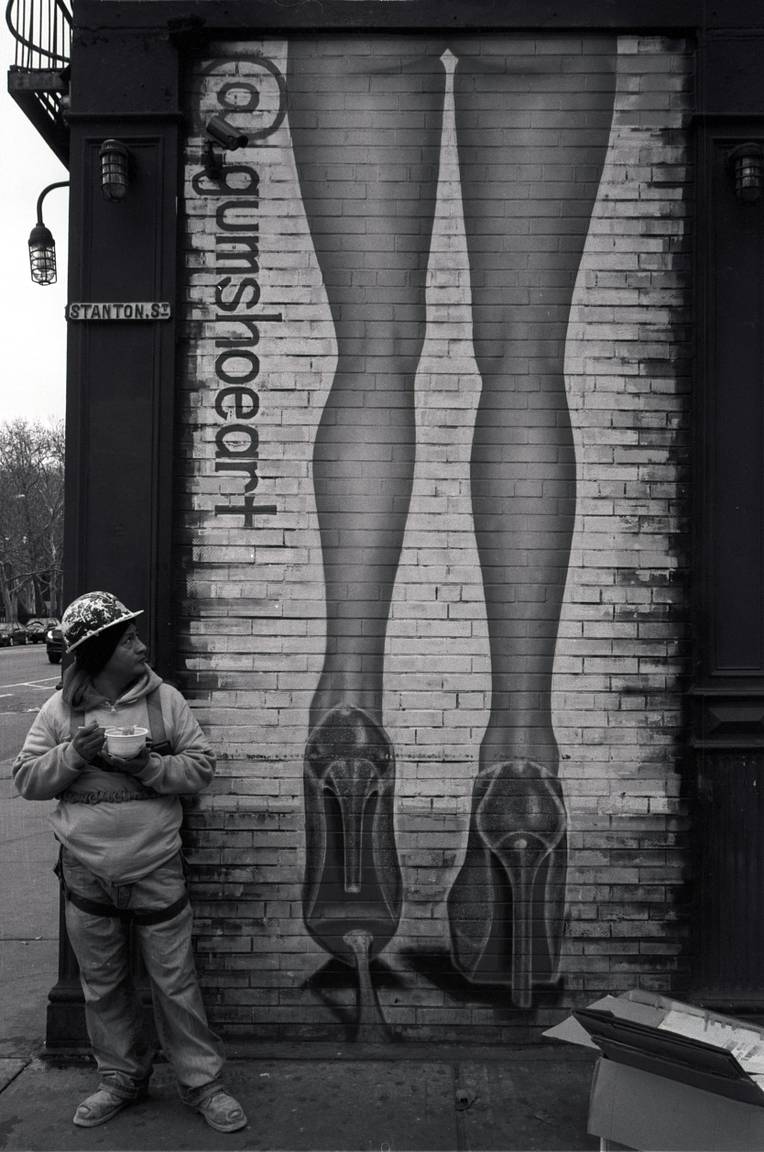









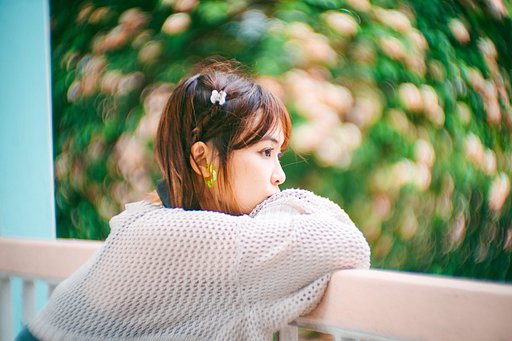



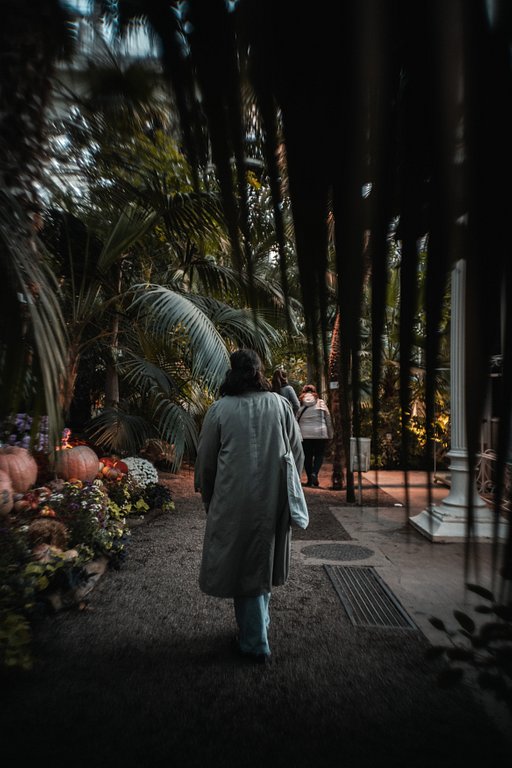




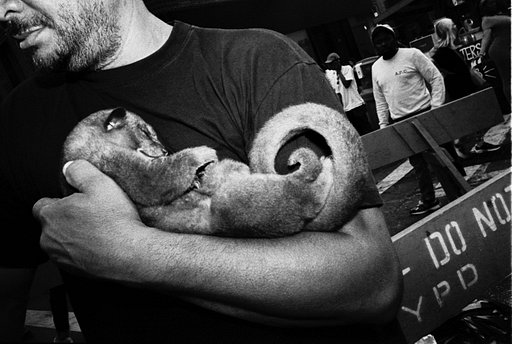






9 Comments